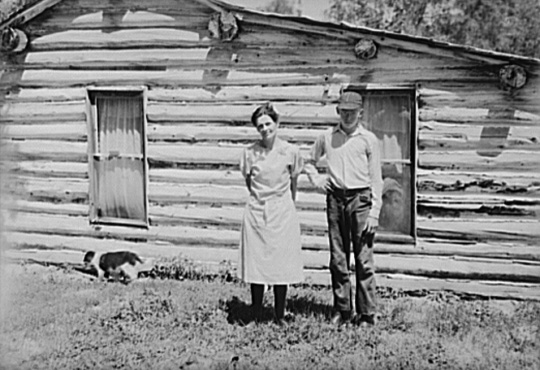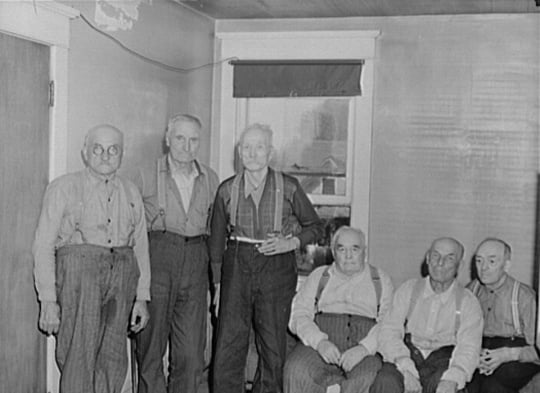The Beltrami Island Project was a pioneering land program of the New Deal enacted across hundreds of thousands of acres in northern Minnesota. Federal and state governments worked side by side to move residents off of poor farmland as well as to restore forest across areas of the cutover region.
The onset of the Great Depression burdened northern Minnesota's cutover region, where a crisis was already brewing. This area was part of a vast swath of the Upper Midwest that had been deforested during the early twentieth century. After the logging boom, much of the region was drained of its bogs and used as farmland. Yet its short growing season and unreliable soil were ill suited for agriculture. Many who attempted to farm there went into debt.
Beltrami Island, an area of the cutover region in Lake of the Woods, Beltrami, and Roseau Counties, was in dire straits. (Though not a geographical island, Beltrami Island is so named because it is near the site of a former island in Lake Agassiz that covered northern Minnesota at the end of the Ice Age.) In 1931, over 90 percent of assessed land in Beltrami Island was tax delinquent. As a result, the region's struggling farms could not support rural roads, schools, and other public services. This problem strained county and state coffers.
Some areas of Beltrami Island were turned into state conservation areas. The plight of farmers, however, spurred further action. In 1934, the Agricultural Adjustment Administration, a federal agency, enacted a plan with two main goals. First, it moved farmers from Beltrami Island to better farmland in the nearby Rainy River valley. Second, it restored parts of the vacated area to their previous forest cover. The Agricultural Adjustment Administration and the Minnesota Rural Rehabilitation Corporation gave the early funds used to buy private land and to provide loans to resettled farmers.
In the end, the project area covered around 740,000 acres. It contained private farms as well as lands already owned by the state and federal governments. Over three hundred families lived within this area and were eligible to move.
Participation was not required, but most Beltrami Island residents accepted this chance to improve their prospects. They were offered fair market value for their land. Staff members worked directly with families to decide where they moved. If residents wished, they could arrange to resettle near their former neighbors.
When evacuations began in 1935, program organizers hoped that participants could afford to move without the aid of government subsidies. This was possible for only one third of families, however. Many others owed more in taxes and mortgages than their land was worth. The government helped negotiate debts and gave loans when needed.
One key feature of the Beltrami Island Project was the "grubstake" plan. It let resettled farmers borrow up to 60 percent of the value of improvements they made to their new properties. Families could then increase their equity and meet a necessary standard of living while preparing their land for farming.
Once resettlement was underway, conservation efforts began. Under the Resettlement Administration, workers tackled a broad range of tasks. They took apart farmsteads and ditches; they brought game back in; and they built dams, bridges, and other infrastructure. Perhaps most important, workers planted thousands upon thousands of trees, including pine and spruce native to the cutover region. These efforts had the added benefit of providing work relief. In 1936, over five hundred people were employed on the project.
The Beltrami Island Project lasted until 1942 with oversight first from the Soil Conservation Service and then the Minnesota Department of Conservation. At a final cost of around $2 million, the project was praised as a path-breaking solution to the cutover's failed farming economy. The program was copied in nearby Koochiching County as the Pine Island Project. Together, these projects rehabilitated about 1.5 million acres in northern Minnesota.





